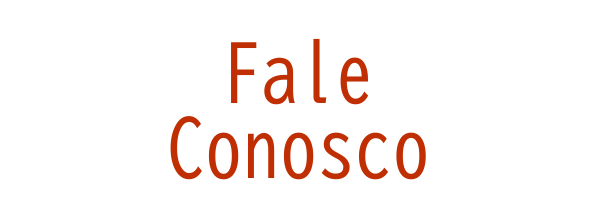Clinical features, pathogenesis, and treatment of Guillain-Barré syndrome
Autor(es): van Doorn Pieter A,Ruts Liselotte,Jacobs Bart C
Resumo: Guillain-Barré syndrome (GBS) is an important cause of acute neuromuscular paralysis. Molecular mimicry and a cross-reactive immune response play a crucial part in its pathogenesis, at least in those cases with a preceding Campylobacter jejuni infection and with antibodies to gangliosides. The type of preceding infection and patient-related host factors seem to determine the form and severity of the disease. Intravenous immunoglobulin (IVIg) and plasma exchange are effective treatments in GBS; mainly for practical reasons, IVIg is the preferred treatment. Whether mildly affected patients or patients with Miller Fisher syndrome also benefit from IVIg is unclear. Despite medical treatment, GBS often remains a severe disease; 3-10% of patients die and 20% are still unable to walk after 6 months. In addition, many patients have pain and fatigue that can persist for months or years. Advances in prognostic modelling have resulted in the development of a new and simple prognostic outcome scale that might also help to guide new treatment options, particularly in patients with GBS who have a poor prognosis.
Imprenta: The Lancet. Neurology, v. 7, n. 10, p. 939-950, 2008
Identificador do Objeto Digital: 10.1016/S1474-4422(08)70215-1
Descritores: Guillain-Barre Syndrome - Immune response ; Guillain-Barre Syndrome - Pathogenesis ; Guillain-Barre Syndrome - Proteins ; Guillain-Barre Syndrome - Antibodies ; Guillain-Barre Syndrome - Epidemiology ; Guillain-Barre Syndrome - Immunology
Data de Publicação: 2008








